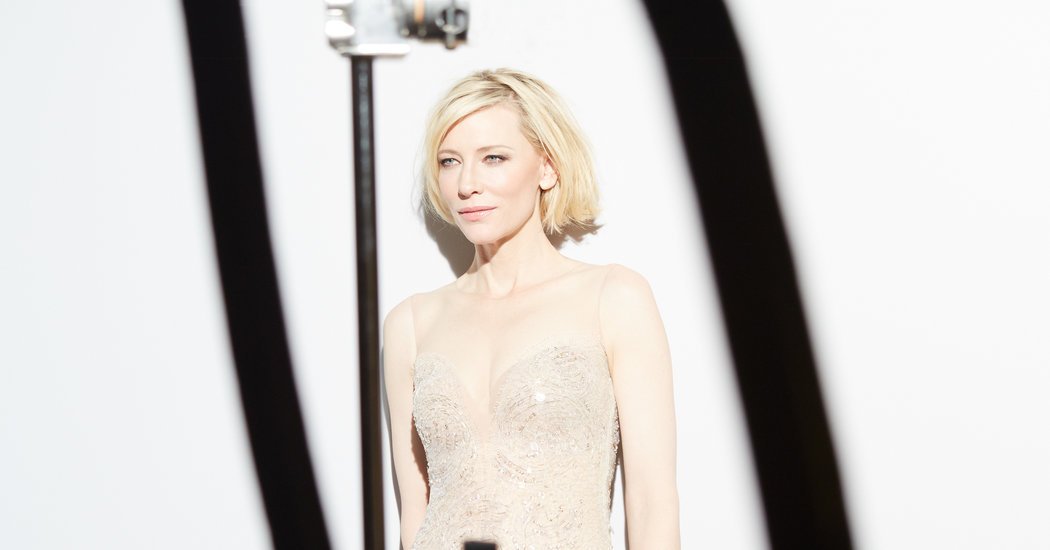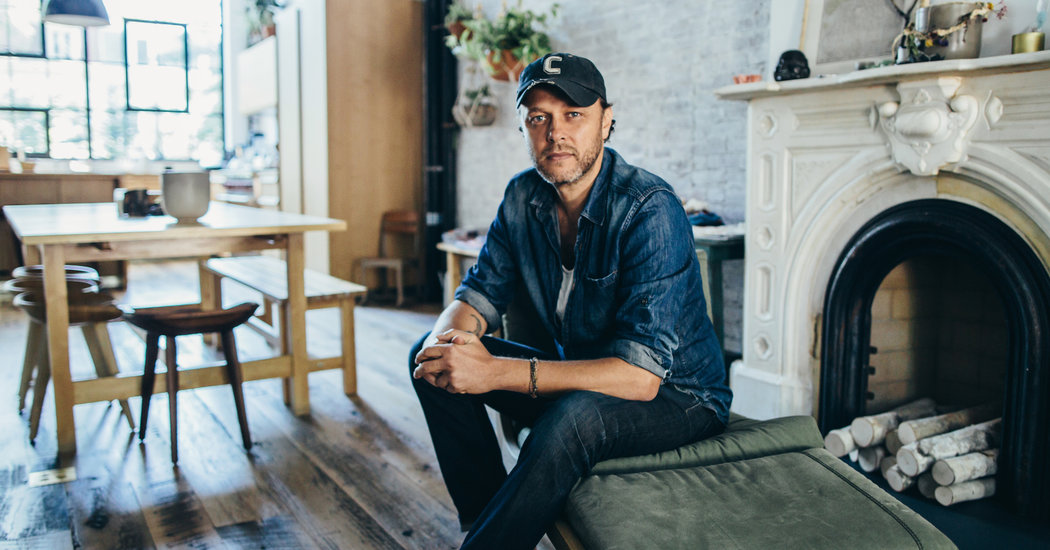Slide Show
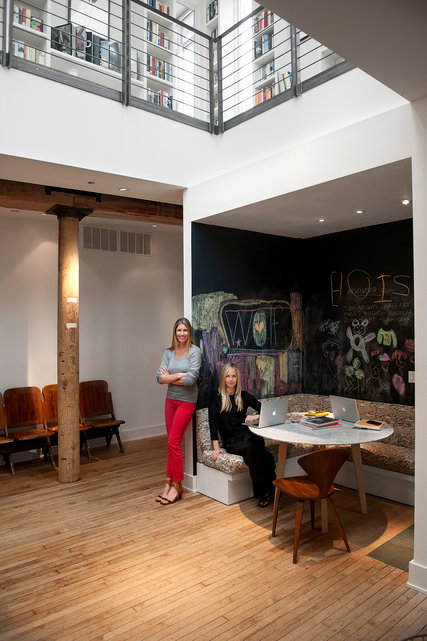
Slide Show|14 Photos
Scent Masters
Scent Masters
CreditRobert Rausch for The New York Times
Meredith Melling’s duplex loft in NoHo features the polished decorating of Ariel Ashe — lots of neutrals with some standout pieces like a tufted royal-blue velvet sofa and a burl-wood-and-chrome dining table — set against its bleached wood floors and gutsy exposed beams and columns. Tying it all together is an invisible, but palpable, element: a sandalwood, vanilla and pepper fragrance, designed especially for Ms. Melling and her apartment, wafting from a sleek metal machine the size of a tablet hidden behind the blue sofa.
“It’s such a lofty space, and it meanders in the back,” Ms. Melling, 40, said. “One of the reasons to do scent is to bring in a sense of intimacy and unification.”
A few blocks north, at the Delos on East 11th Street, a luxury “wellness” condominium conversion of a 19th-century building, the same scent technology (what’s known as cold-air diffusion, pumped through the ductwork) is in place for custom fragrances to perfume the apartments of Deepak Chopra, Leonardo DiCaprio and others who have bought there. Over in the West Village, a new five-story townhouse has five fragrance systems, one for each floor, and its owners can use their smart devices to scent their spaces with its custom fragrance of lavender, geranium and ylang-ylang.
In Beverly Hills, Calif., a 48,000-square-foot marble palace built by a developer and sold to a Middle Eastern family smells like lemon, fig and cardamom. And in New Jersey, a new contemporary house belonging to a couple in the medical profession has its own custom scent, a fragrance based on citrus notes and a bit of green floral.
Say goodbye to the scented candle. Scent branding has moved into the living room.
While decorators, fashion designers and celebrities have been using candles to brand themselves at least since the late 1990s — Sir Elton John once lent his name to scented rocks — it was less than a decade ago that hotels began using cold-air technologies to scent their public spaces. They were aided by “fragrance system” and “sensory solutions” companies like ScentAir (started by a former Disney Imagineer), Air Aroma and others, in the hopes of imprinting their guests, as a biologist might say, with scents like green tea and lemon grass. That’s the flavor created by Air Esscentials for the Morgans Hotel Group, which is now a best seller in its residential business. (The eight-year-old company also offers a cannabis scent that Spence Levy, its president, said is mostly bought by nightclubs.)
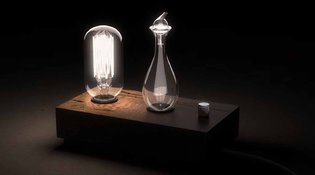
Before long, the most unlikely places were being scented. For six years, Design Miami, the design fair that runs alongside Art Basel in Miami and Switzerland, has smelled like turquoise and purple, as its fragrance designer, Dawn Goldworm, put it.
“It’s the electricity of Miami contrasted with the strangeness of the art world,” she said.
Ms. Goldworm is the scent director of 12.29, a Manhattan-based “olfactive branding” company that she runs with her twin sister, Samantha. They have scented the lobby of the futuristic Zaha Hadid condominium in Miami, One Thousand Museum, to smell like the ocean (the development has many luxuries, including a helipad, but it is not on the water). And this year, the Goldworms perfumed the Armory Show-Contemporary on Pier 94 in Manhattan with what Dawn Goldworm described as the smell of wet pavement. (Sniffing a white paper blotter that had been dipped in the show’s fragrance, this reporter detected a floral aroma with an underlying zing.)
As developers around the country began employing scent technologies to brand their new projects (ScentAir’s marketing director, Ed Burke, said that between 2010 and 2012, “condos and apartments grew faster as a percentage of our sales than any other industry”), hotel guests started clamoring to take the fragrances home with them.
Wendy and Robert Holmes, self-described constant travelers who have a family law practice in Dallas, recently bought three scent devices from Air Aroma to attach to the ductwork of their 10,000-square-foot Mediterranean-style house, along with that company’s green tea fragrance, Sencha. “We noticed it in all the hotels we were staying in,” said Ms. Holmes, who was nonetheless hard-pressed to name one chain over another (so much for branding). “Maybe Starwoods? We thought if you can do that for a gigantic hotel, why not a home?”
The experience, she added, “is like when you go to a spa. I think lighting and smell play more of a role in people’s lives than they acknowledge.”
•
Dr. Alan Hirsch, a neurologist, psychiatrist and the director of the Smell and Taste Treatment and Research Foundation in Chicago, has been researching the effects of aroma on mood and behavior for more than three decades. He is fascinating on the subject of what he calls “functional fragrance,” of using odors “to make your life better or easier in some ways.”
It was his research that inspired hospitals to scent their M.R.I. rooms with cucumber, which makes people perceive a space as being larger than it is. The smell of barbecue, Dr. Hirsch said, will make a space seem smaller. Mixed florals, he discovered, enhance learning speed by as much as 17 percent in all age groups, from first graders to adults. (He made his own teenagers study in his floral-scented library.)
And Dr. Hirsch’s studies of sexual arousal have been of particular interest. Men, he learned, are most aroused by the scent of lavender and pumpkin pie, followed by the scents of doughnuts, cheese pizza and buttered popcorn. As it happens, there was no odor that didn’t excite men to some degree, although women, who were most aroused by the smells of licorice (Good & Plenty candy, specifically) and cucumber, were actively turned off by three scents: cherries, barbecue and men’s cologne. But we are straying from our topic.
Vanilla makes you fall asleep faster, and lavender increases alpha waves. Cappuccino speeds up your perception of time. You could imagine designing a whole house embedded with these fragrances, to amp up the functionality — or programming, as architects like to say — of different rooms.
And yet, Dr. Hirsch added, “The problem with the high end, with using the HVAC to scent a home, is that it’s the same in every room. I don’t think that’s a good idea. You don’t want the odor that induces sexual arousal where the kids are studying.”
David Edwards, a Harvard professor, bioengineer and inventor of food technologies like edible packaging and flavor vapors, said recently that environmental aromas have long been big failures. For a few years, it has been his notion to create what he and Rachel Field, a former student who is now his colleague, call “scent messaging”: a dispenser and “platform” for local, intimate aromatic experiences, as he put it, “rather than the whole room smells like green peas and that’s all you get.”
This vision lurched into a semblance of reality this week, with the debut (sort of) of their oPhone, a device filled with scent cartridges that disperses what is now a limited array of odors (chocolate and citrus, baking bread, a medley of coffees, among others) when it receives a wireless transmission. The idea is to tag a photograph, say, of a cup of coffee and email, text or tweet it to a friend. Since the oPhone won’t be available until next year, this is still an abstract concept, although this week, one device was previewed at a hot spot in Paris and another in New York at the American Museum of Natural History. (Mr. Edwards is working with the museum to amplify their exhibits, he said, perhaps presenting the aroma of a spider or of the habitat of the dinosaurs.)
A week earlier, Mr. Edwards and Ms. Field gamely battled the balky Internet of their public relations company’s offices to allow this reporter to take a whiff of the scents released by their machine.
Despite its sleek Apple-ish design — two slender white plastic tubes, bowed a bit at the top like calla lilies and edged in deep red — it growled and rumbled like an old film projector. In distinct contrast to the enthusiastic blasts from the diffusers made by Air Aroma and others, you had to get pretty close to appreciate the scents. In fact, although Ms. Field, using her iPad, delivered a whole medley (nay, a meal!) of aromatic messages, starting with chocolate and oranges and moving, apparently, through a green salad with balsamic dressing and steak au poivre, this reporter could detect only the first communiqué. Whether this was a failure of her own old nose (scent detection peaks at 30, Dr. Hirsch said) or other factors, she couldn’t say.
•
With their ethereal blond looks and alchemical surname, the Goldworm sisters, who are 35 and from New Hampshire, represent a couture level in what is already a sort of designer business.
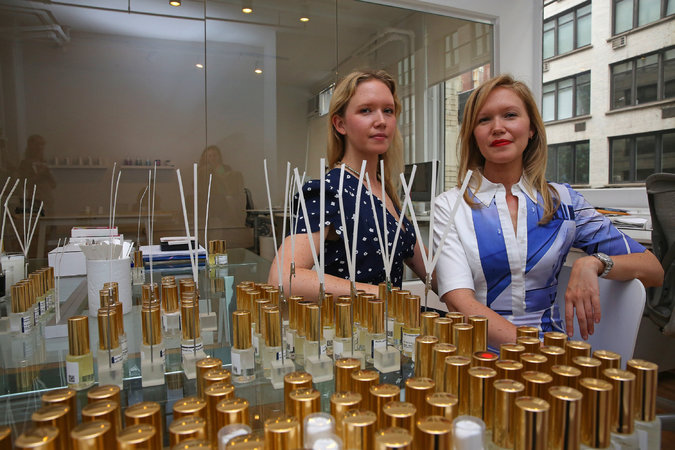
Credit
Nicole Bengiveno/The New York Times
Hotel systems can cost tens of thousands of dollars. Some residential machines, like the portable Aroscent from Air Aroma that Dawn Goldworm used in Ms. Melling’s loft, hover around $2,000. (Mr. Edwards and Ms. Field’s oPhone is a relative bargain, and can be ordered now for the sale price of $149.) But while off-the-rack scents, like Air Esscentials’s best seller, the Morgans’ green tea and lemon grass, cost about $90 for 16 ounces and last anywhere from two months to a year, the Goldworms’ custom “designs” start at $5,000 for a home scent, and six figures for a brand exclusive.
Creating a home fragrance, Dawn Goldworm said, is not dissimilar to creating one for a brand. “You have a target audience: the family,” she said. “There are emotions, colors and aesthetics to match.”
Ms. Goldworm is not just a nose but a synesthete — that is, she perceives scents as colors. As a result, she likes an all-white environment as a kind of palate cleanser. Sitting in their white-on-white Chelsea office the other day, Samantha said: “Dawn wanted us to get white staplers and white pens. We settled on silver.” (Dawn is the company’s “creative”; Samantha is its marketing and brand director.)
Dawn Goldworm continued: “For Meredith, the apartment has these rustic elements. There’s a lot of wood, a lot of neutrals with pops of color. There is also a lot of activity, a lot going on in there. And she has her own energy. That’s another factor.”
Indeed, Ms. Melling, a former Vogue editor, is newly married, has a new baby and an 8-year-old daughter, and a new rescue dog, and works from home. Her new business, a fashion-branding company called La Marque, which she runs with Valerie Boster, a colleague from Vogue, is just six months old.
On a recent weekday, the two women, their two young employees, and Coco, an eager-to-please, roan-colored puppy, were scattered between the front and back living rooms of the loft, which smelled spicy and warm. “We turned it up for you,” Ms. Boster said. “It’s usually not so apparent.”
Ms. Melling said that Ms. Goldworm’s design process included asking the two to describe their company, as well Ms. Melling’s family life. She asked about temperature, color and shape.
The first two were easy, Ms. Melling said: “We said ‘warm’ and ‘neutral.’ We couldn’t answer what shape. Mostly we don’t notice the fragrance. And no one ever says the apartment smells like dog.”
•
The Sniff Test
You, too, can brand your house with scent. Companies like Air Aroma make take-home nebulizers that use cold-air diffusion to disperse essential oils in a dry mist. (Machines to connect to your HVAC cost between $1,250 and $8,500, for those made by Air Esscentials; Air Aroma’s machines start at $1,500.)
Last week, I took home the Air Aroma Aromax ($300). Made from anodized aluminum and shaped like a little bomb — it’s about 6 by 9 inches, and comes in many colors — it is the smallest of the 16-year-old company’s machines. Its sleek, tubular Aroslim ($1,690) looks like a speaker made by Bang & Olufsen and has a range of 2,000 feet; the Aroscent Portable ($2,290) has a range of 1,600 to 3,200 feet. (Information: air-aroma.com.)
The Aromax sat in my front hall, wafting out Tranquility (lavender, geranium, rosewood and ylang-ylang), the same scent Air Aroma had sold to new townhouse owners in the West Village. I liked that the apartment smelled vaguely similar to a spa, but my teenage daughter, irritable from finals, kept flicking the machine off. (That I continued to spritz her and the cat with the Air Aroma Arobalance stress-reducing spray, $35, which smells like grass, may have contributed to her annoyance.)
I also tried the Goldworm sisters’ own home fragrance, Ambre Royal, which smelled expensive and spicy, like an affair (price on request), and had a serious narcotic effect on the entire household. (Information: 1229scent.com.)
Last week at NeoCon, the commercial interiors fair in Chicago, Air Aroma introduced an adorable ottoman called the Muffle chair. It’s a prototype for a Japanese company, and Air Aroma has designed a scent cartridge that can be tucked into it, along with fragrances — a citrus, a grass-based scent and others — created to jolt a sitter into attentiveness and productivity.
Fabrice Penot, one of the designers behind Le Labo, an artisanal fragrance company that mostly makes personal scents, also does high-end commercial work. He perfumed the lobby of the Gramercy Hotel, for example, to amp up the smoky aroma of the fires in its giant fireplace. He has designed a diffuser for home use that is very Ace hotel (it’s made from a slab of wood, an Edison bulb and a glass beaker); it will be for sale next year for about $500. (Information: lelabofragrances.com.)
Also out next year, the much ballyhooed oPhone ($149 if you order now; $199 in 2015), from David Edwards and Rachel Field. A package of oChips (scented cartridges) will be $20. Now an abstract but intriguing novelty, it may deliver intimate aroma communiqués. (Information: onotes.com.)
Correction: June 20, 2014
An earlier version of this article misidentified a scent branding company in a later reference. It is Air Esscentials, not Scent Esscentials.
SOURCE:http://www.nytimes.com/2014/06/19/garden/what-good-taste-smells-like.html

